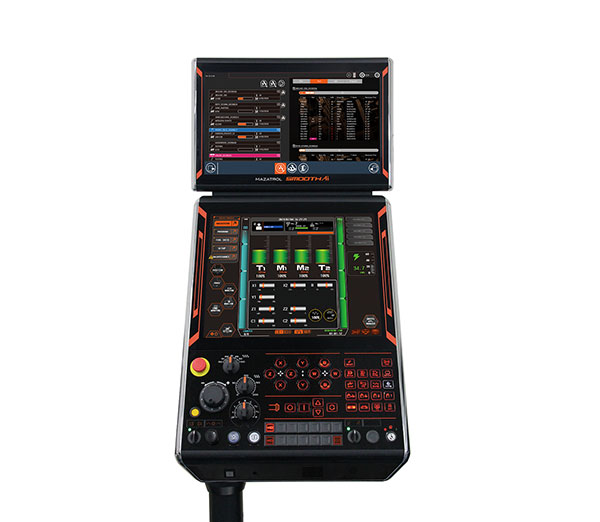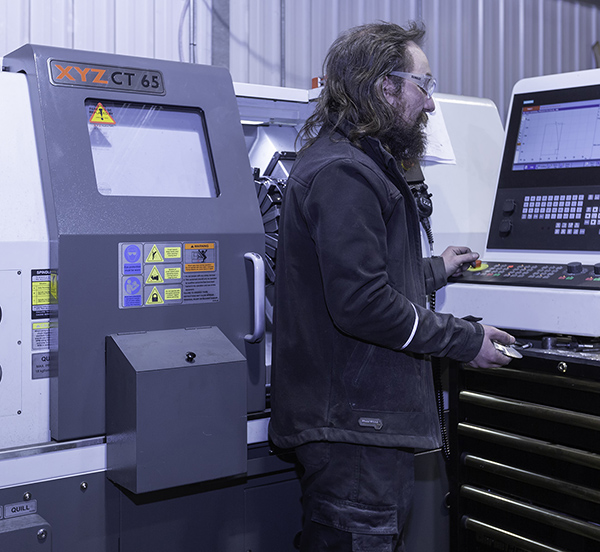Iron Mason was founded six years ago by Chris Mason, who had worked in the film industry as a model maker and animatronics specialist.

The Derby-based company now provides engineering, fabrication and finishing services to a diverse customer base, including his old sector, film making.
Mason had recognised a lack of metal skills within the film industry so took the decision to ‘go freelance’. Diversification from the movies brought in work from classic car enthusiasts, as well as aircraft build and restoration projects.
“Basically, I will take on anything that comes through the door, I just have to be honest with myself and ensure it is within my capabilities,” he says. It was this notion that highlighted the need for CNC machining capability.
“Initially I was looking at a CNC vertical machining centre, but a customer beat me to it and made a purchase of their own, so I moved my focus to turning. My view was that, as a turning centre was a bigger investment, the competition
for available capacity in the local area would be less. I did my research and asked around, and settled on the CT65 Compact Turn from XYZ Machine Tools.”
Two of the key factors in the purchase decision were the build quality and control system.
“It was obvious that the CT65 was much more robust than other machines on the market thanks to its cast-iron base and box slide-way construction. I’m finding that it holds tolerances very well and repeatability is superb. The Siemens 828D ShopTurn Control is also very intuitive.”
Such is the intuitive nature of the control that Mason can adapt programs ‘on the fly’ and, in one case, reduced cycle time from
16 minutes to just six.
For further information www.xyzmachinetools.com
























